In Cortina d’Ampezzo, from August 2 to September 14, 2025, Farsettiarte Gallery presents the exhibition New York, New York. Back to the 80’s, an exhibition project dedicated to the art scene that gravitated around the American metropolis in the late 1970s and early 1980s. A period marked by intense cultural vitality, in which creativity moved freely among the streets of the East Village, exhibition halls and the city’s best-known nightclubs.
The exhibition brings together works by Italian and international artists who were protagonists of that season characterized by worldliness, transgression and excess. Among the names on display are Sandro Chia, Francesco Clemente, Nicola De Maria, Keith Haring, Carlo Maria Mariani, Luigi Ontani, Mimmo Paladino, Julian Schnabel, Toxic and Andy Warhol.
The itinerary reconstructs the geography and context in which new visual languages and new ways of enjoying art emerged, leaving the confines of galleries and landing in less conventional spaces. Subways, for example, became alternative exhibition venues, where street art began to establish itself as a legitimate expression of the contemporary. In this scenario, figures such as Keith Haring gained artistic recognition previously unthinkable for those operating outside the official circuits.
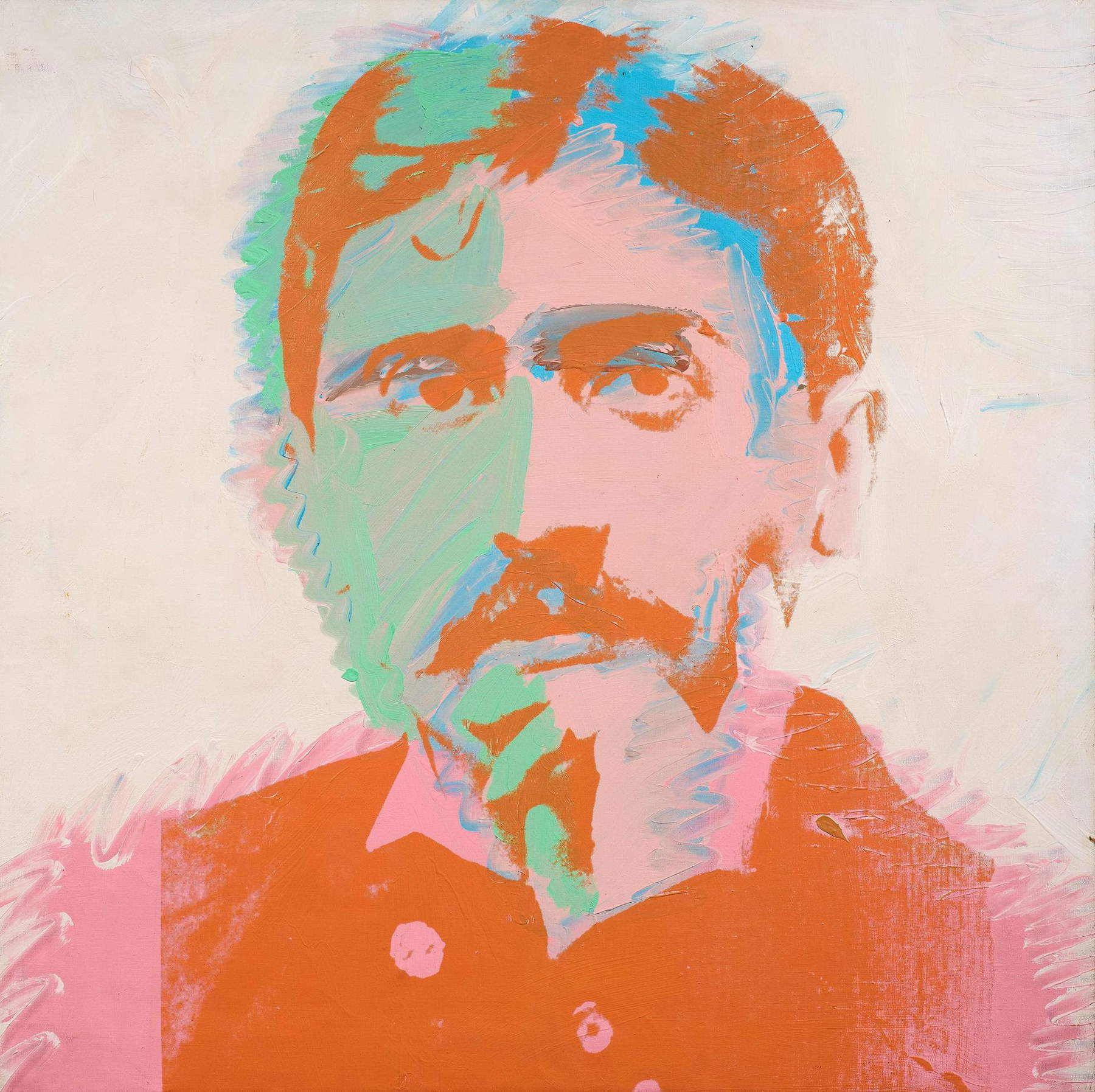
The center of the season is theEast Village, at the time a run-down neighborhood that gradually transformed into a creative hub. Its nightclubs, such as The Dome, the Palladium and Studio 54, become hotspots for artists, writers, musicians, entrepreneurs and collectors. Studio 54, in particular, becomes a sort of home for Jean-Michel Basquiat, who spends entire evenings there and over time will help transform the space into a true art gallery.
The redevelopment of the East Village did not escape the notice of Wall Street financiers, who began to invest in real estate and cultural spaces, helping to redefine the urban fabric. Artists and intellectuals find themselves sharing moments of discussion in restaurants, galleries or directly on the street, where it is not uncommon to witness impromptu talk shows or collective discussions about the direction of contemporary art.
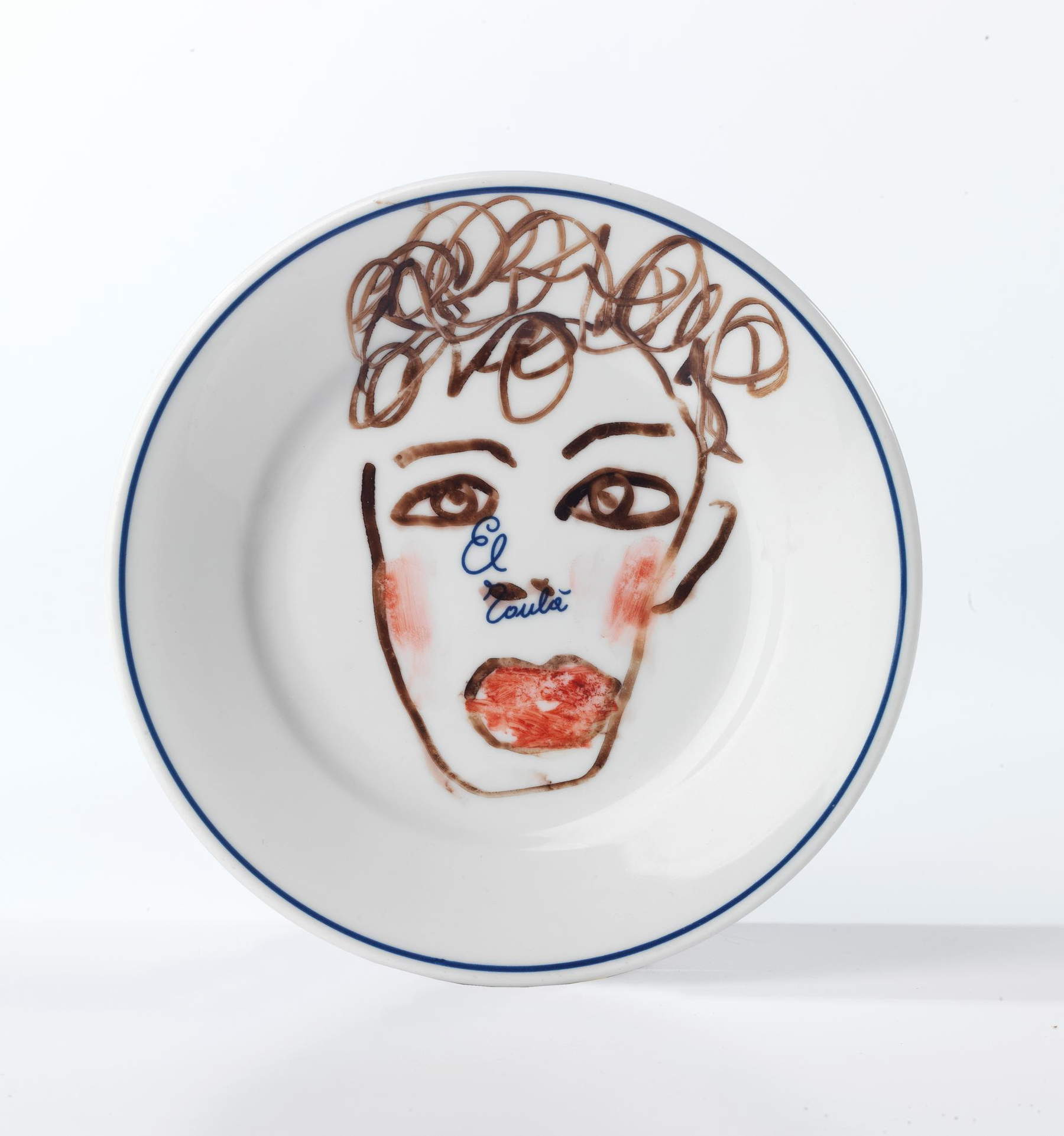
1982 is considered the year of change, when the East Village is officially recognized as the neighborhood of new creativity. Galleries also open on weekends, attracting an increasingly large and curious public. Notable figures in the scene include Ileana Sonnabend and Leo Castelli, known for their ability to intercept the most promising artistic ferments.
Leo Castelli, in particular, plays a key role in the establishment of Pop Art, supporting artists who will become global figures and bringing their works to the attention of the world’s most important museums, from MoMA to the Whitney. Alongside him emerges Patt Hearn, a gallerist with a strong personality, who emerges as an emblematic figure of the successful woman in a still predominantly male art system. Hearn promotes new talents such as George Condo and Dan Flavin, offering an alternative to the monumental and self-referential painting of Julian Schnabel, at that time contended by major exhibition spaces.
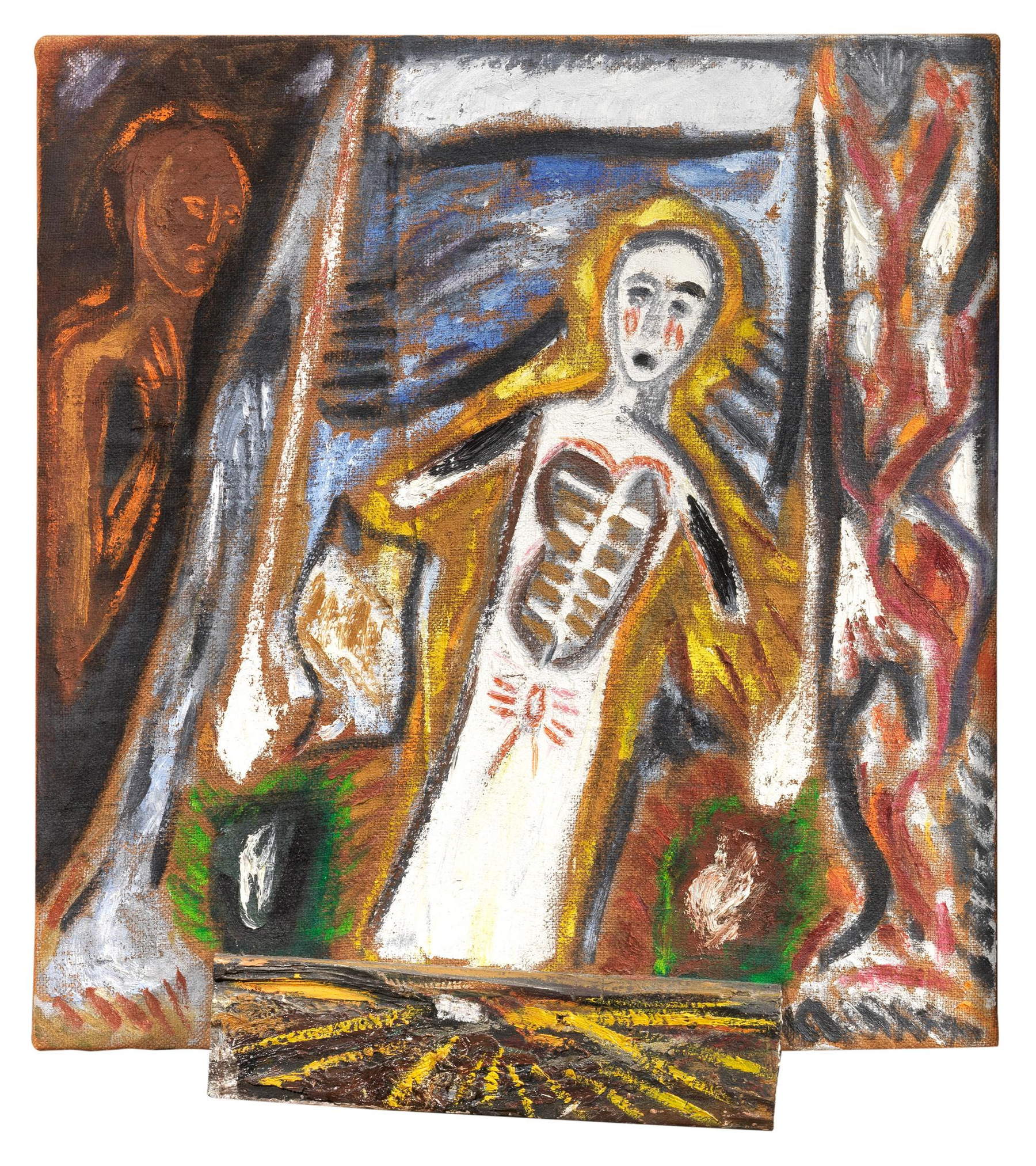
Several Italian artists also fit into this environment, enthusiastically welcomed by the New York scene. Among them, Francesco Clemente represents an emblematic case. Born in Naples, he was invited to decorate one of the rooms of Studio 54. Protagonist of Transavanguardia, a movement theorized by Achille Bonito Oliva in the magazine Flash Art,Clemente consolidated his position in New York in 1985, when he exhibited in three galleries simultaneously-Sperone Westwater, Mary Boone and Leo Castelli.
A milestone that equaled the one achieved shortly before by Sandro Chia, already the protagonist in 1983 of a solo show at the Guggenheim Museum and, the following year, at the Metropolitan Museum of Modern Art.In those years, the Transavanguardia established itself as one of the most influential movements on the international scene. U.S. galleries seek out its protagonists: Enzo Cucchi, Francesco Clemente, Sandro Chia and Mimmo Paladino are sought after by collectors and curators for the expressive force of their works, capable of combining tradition and experimentation, painting and symbolism.
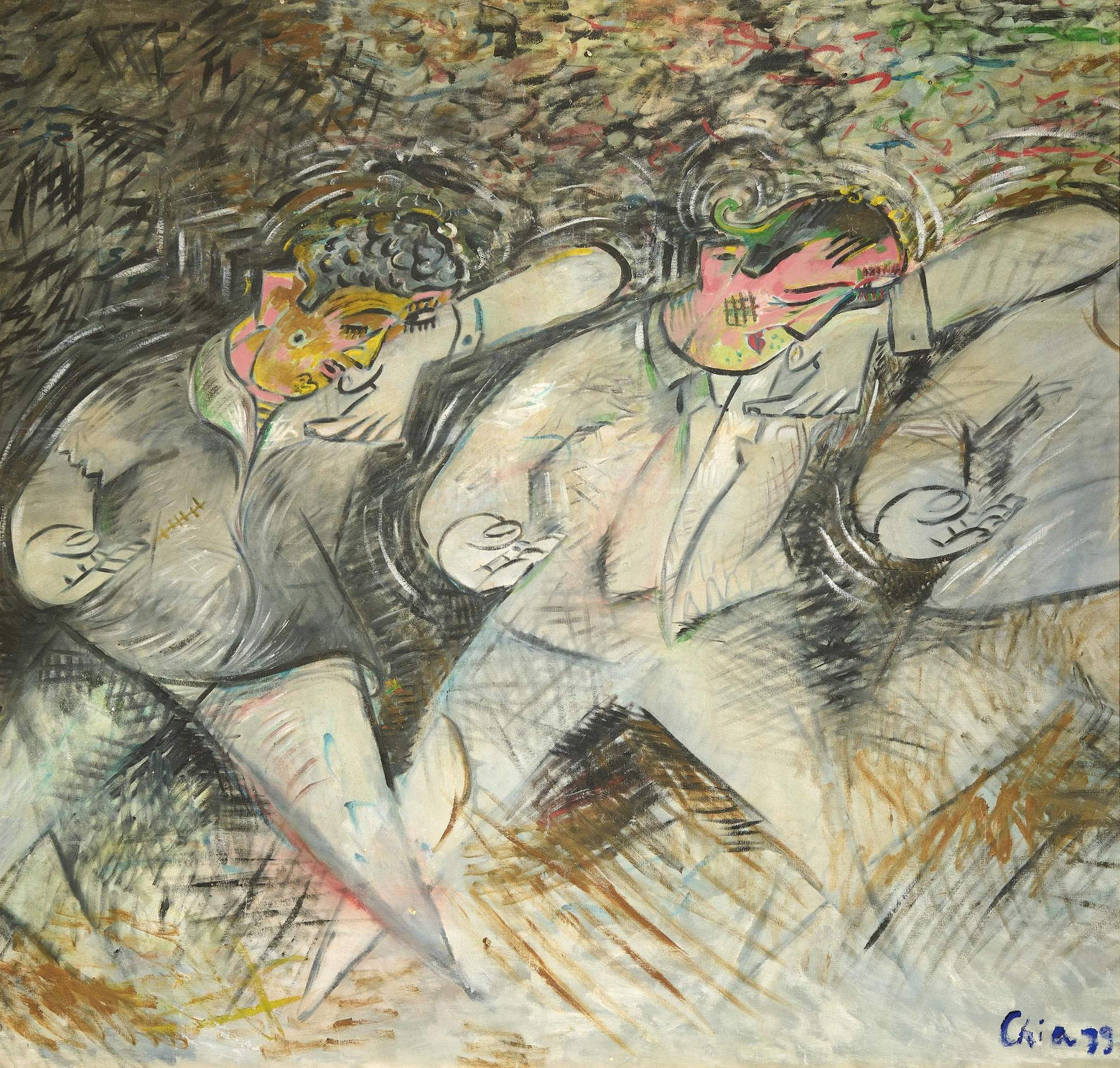
The Italian presence in New York is not limited to the artistic sphere. In fact, the popularity of Transavantgarde contributes to strengthening the image of Made in Italy in other areas as well, such as fashion and food and wine. The 1980s thus became a decade in which to move from the Italian province to the American metropolis. One can have lunch in Naples with Andy Warhol, discuss with Basquiat in Modena or successfully exhibit in Manhattan, experiencing a creative mobility that is difficult to replicate today. Farsettiarte’s exhibition aims to restore that historical moment through a selection of emblematic works. Works on display include Marcel Proust (1974) by Andy Warhol, I protagonisti(1979) by Sandro Chia, Untitled (Self portrait with smoke) (1980) by Francesco Clemente, Portrait of S.N. (1982) by Julian Schnabel, Untitled (1984) signed by Keith Haring in collaboration with L.A. II, and Untitled (1985) by Mimmo Paladino.
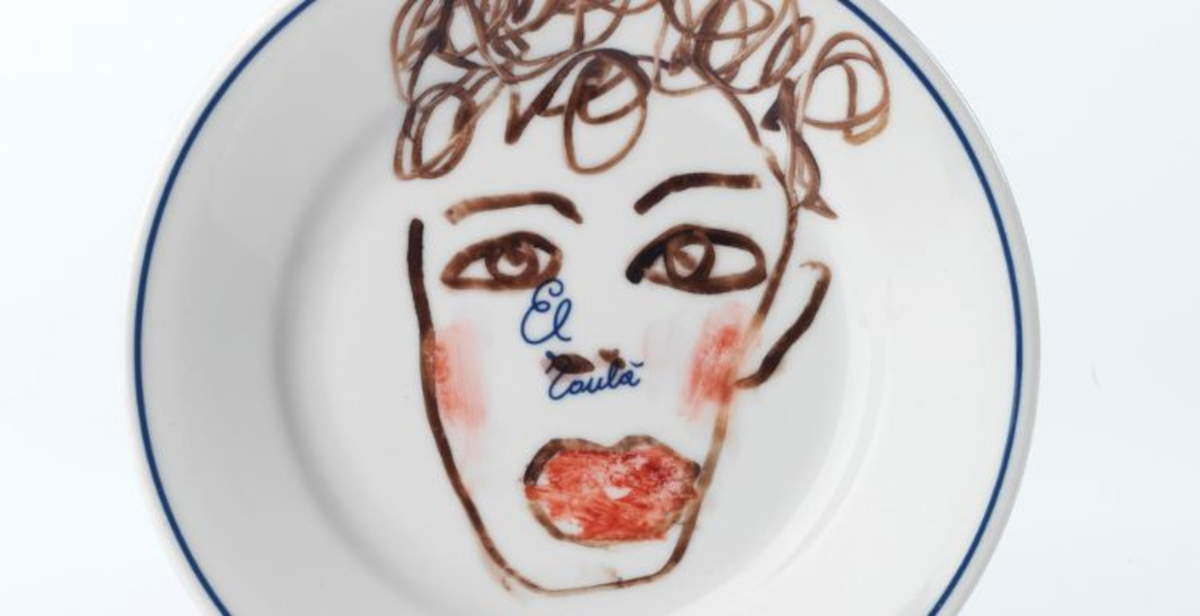 |
| In Cortina, the 1980s relive among Warhol, Haring and the Italian Transavanguardia |
Warning: the translation into English of the original Italian article was created using automatic tools. We undertake to review all articles, but we do not guarantee the total absence of inaccuracies in the translation due to the program. You can find the original by clicking on the ITA button. If you find any mistake,please contact us.